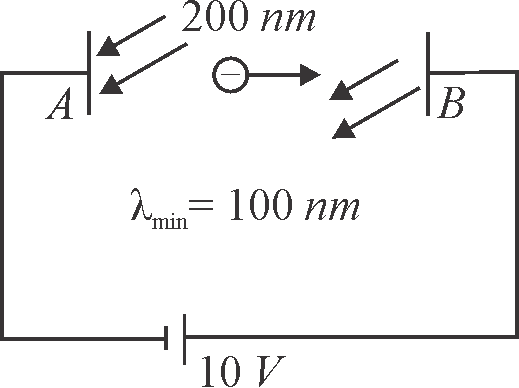357740
In the figure shown electromagnetic radiations of wavelength 
Use
357742
Work-function for caesium metal is
Column I
Column II
A
maximum
P
334
B
Minimum
Q
345
C
Stopping potential of material ( in
R
D
Maximum speed of the emitted photoelectrons ( in
S
0
357740
In the figure shown electromagnetic radiations of wavelength 
Use
357742
Work-function for caesium metal is
Column I
Column II
A
maximum
P
334
B
Minimum
Q
345
C
Stopping potential of material ( in
R
D
Maximum speed of the emitted photoelectrons ( in
S
0
357740
In the figure shown electromagnetic radiations of wavelength 
Use
357742
Work-function for caesium metal is
Column I
Column II
A
maximum
P
334
B
Minimum
Q
345
C
Stopping potential of material ( in
R
D
Maximum speed of the emitted photoelectrons ( in
S
0
357740
In the figure shown electromagnetic radiations of wavelength 
Use
357742
Work-function for caesium metal is
Column I
Column II
A
maximum
P
334
B
Minimum
Q
345
C
Stopping potential of material ( in
R
D
Maximum speed of the emitted photoelectrons ( in
S
0
357740
In the figure shown electromagnetic radiations of wavelength 
Use
357742
Work-function for caesium metal is
Column I
Column II
A
maximum
P
334
B
Minimum
Q
345
C
Stopping potential of material ( in
R
D
Maximum speed of the emitted photoelectrons ( in
S
0
